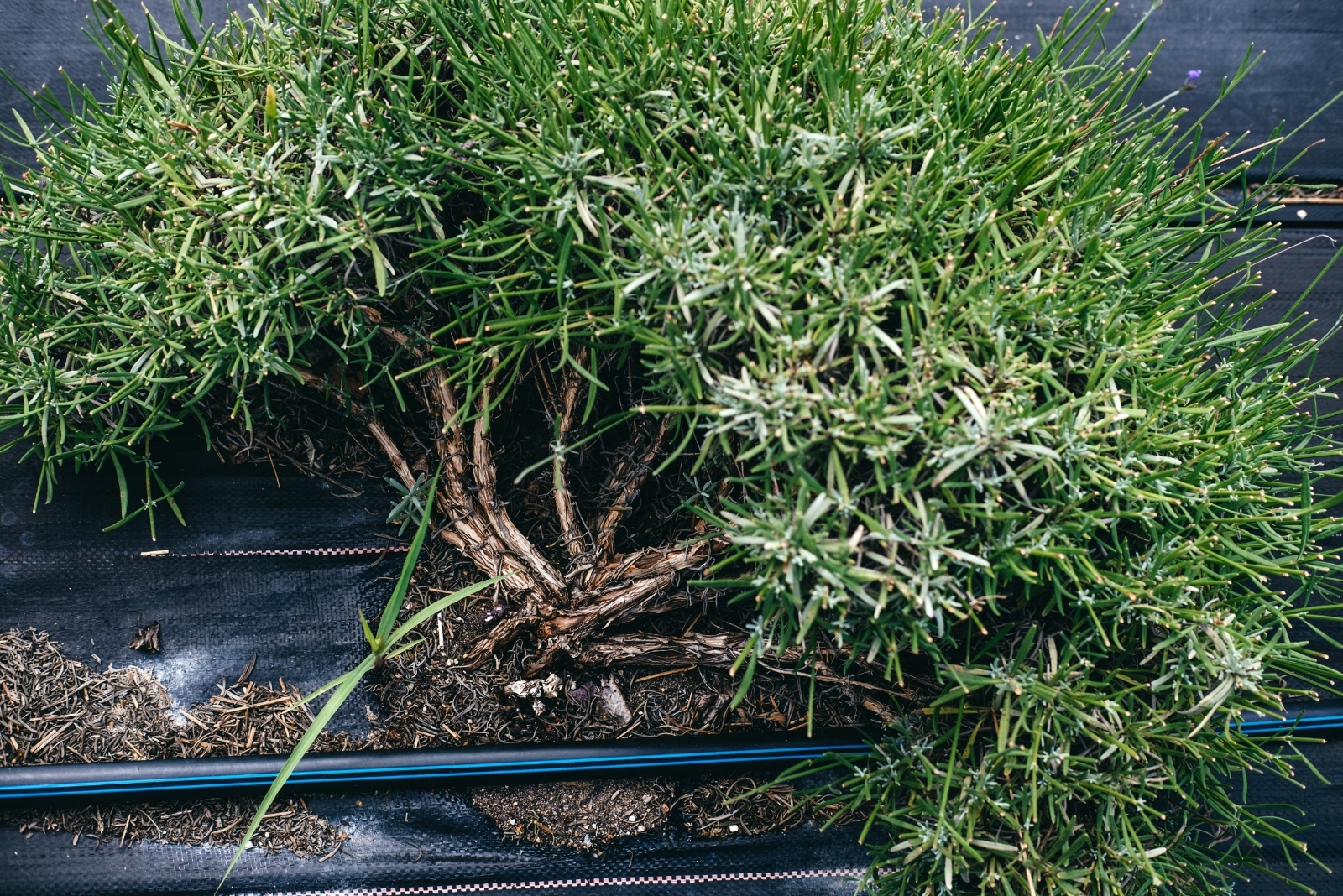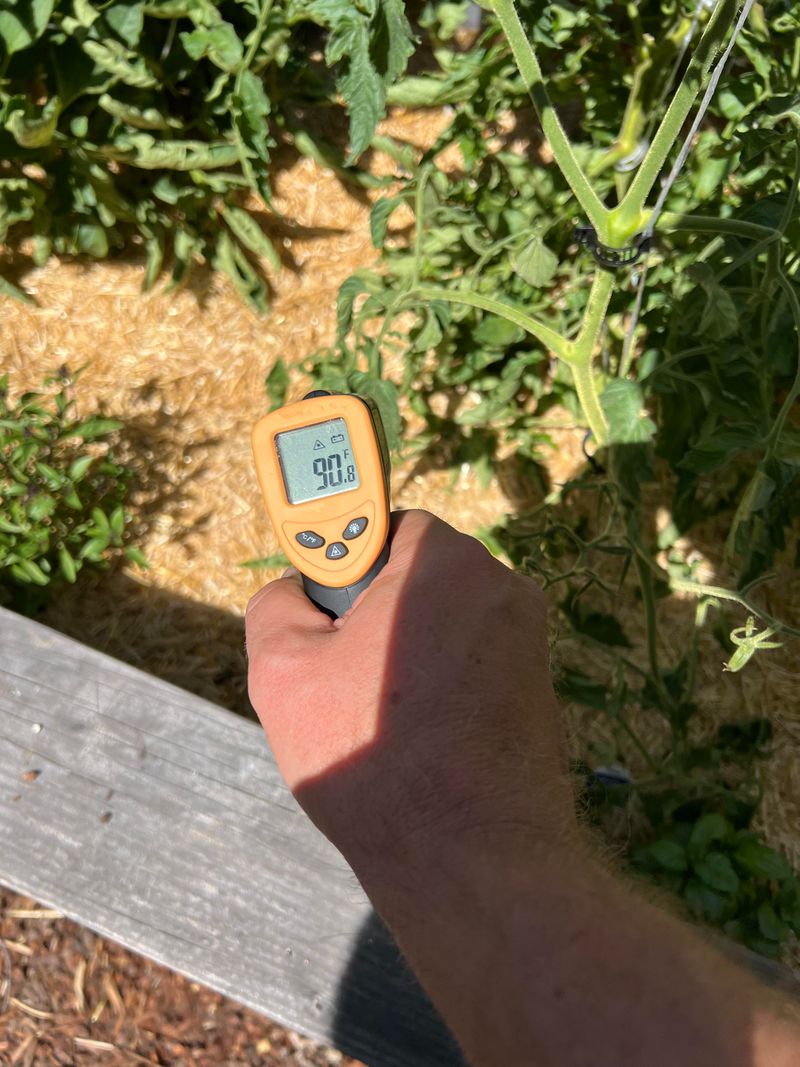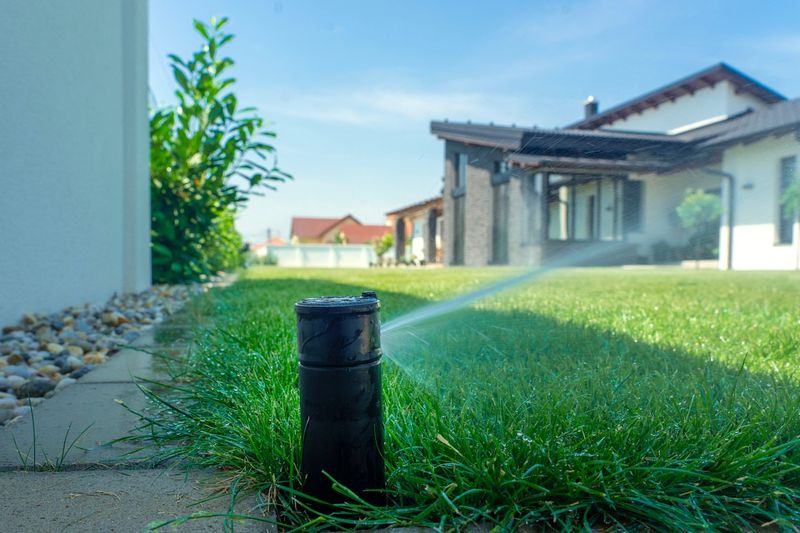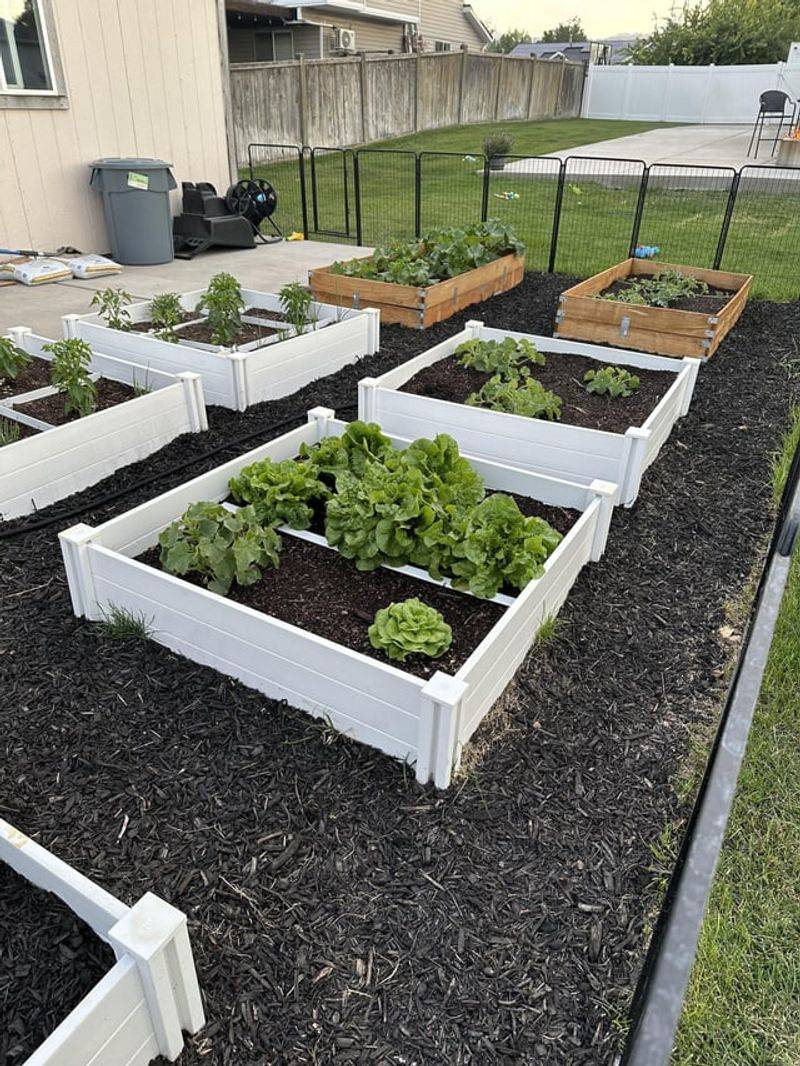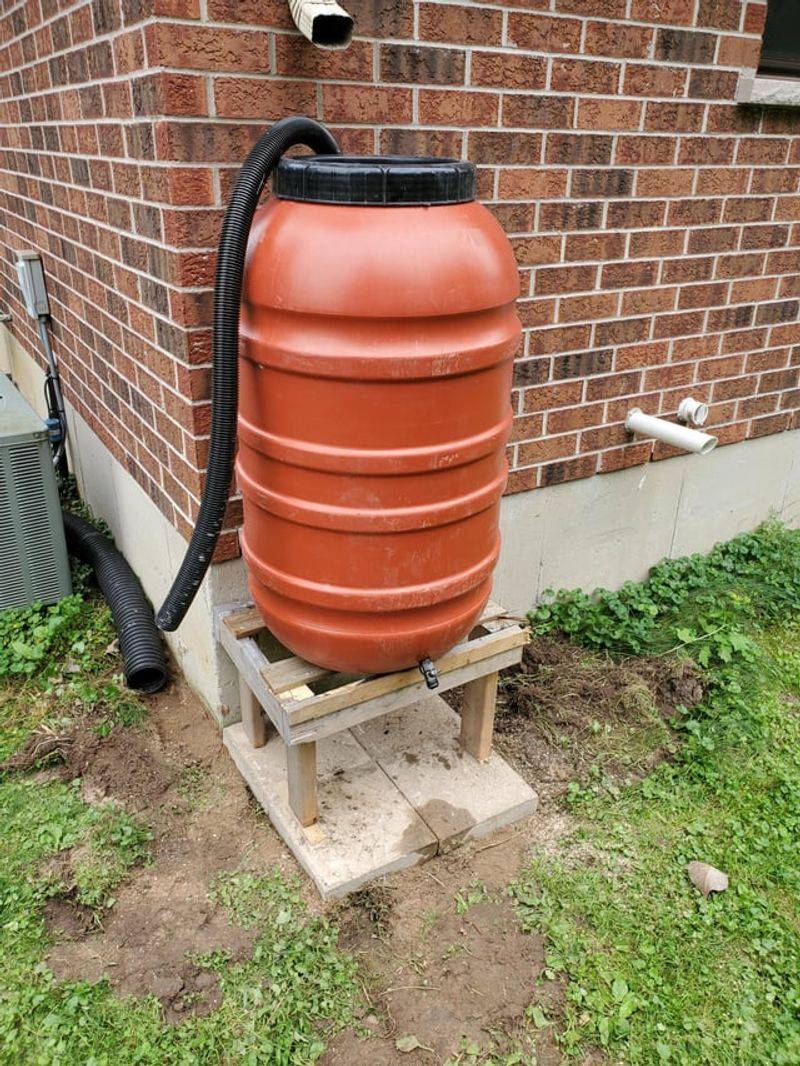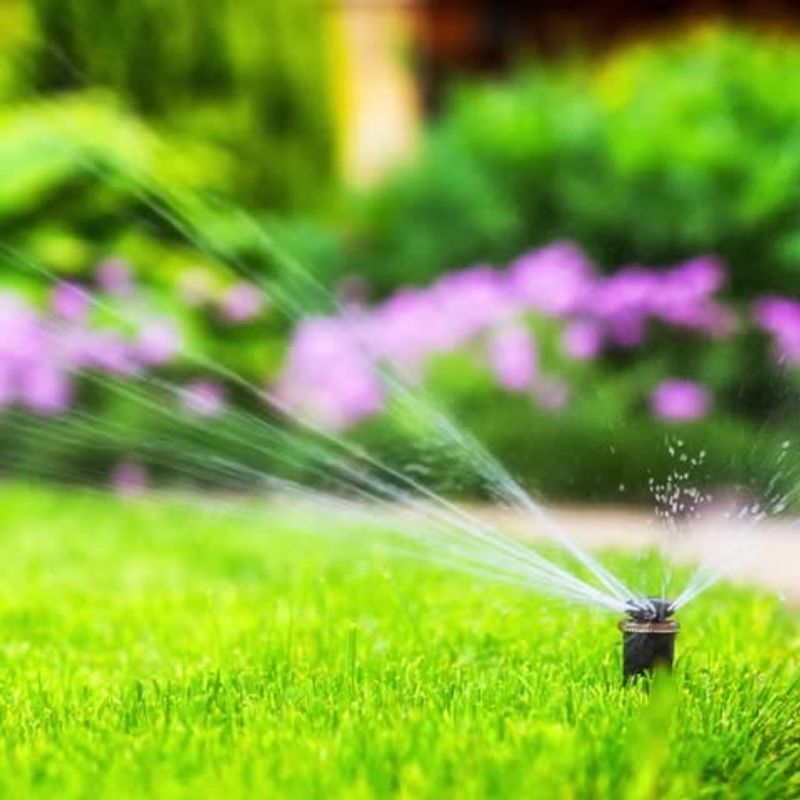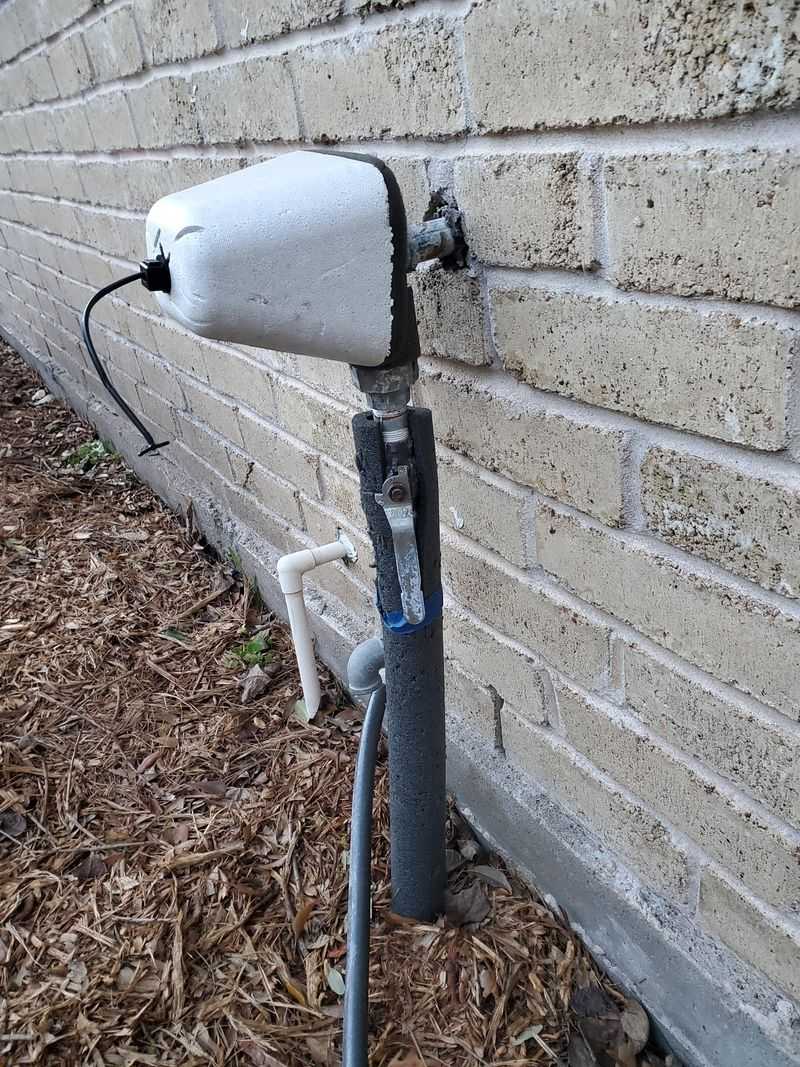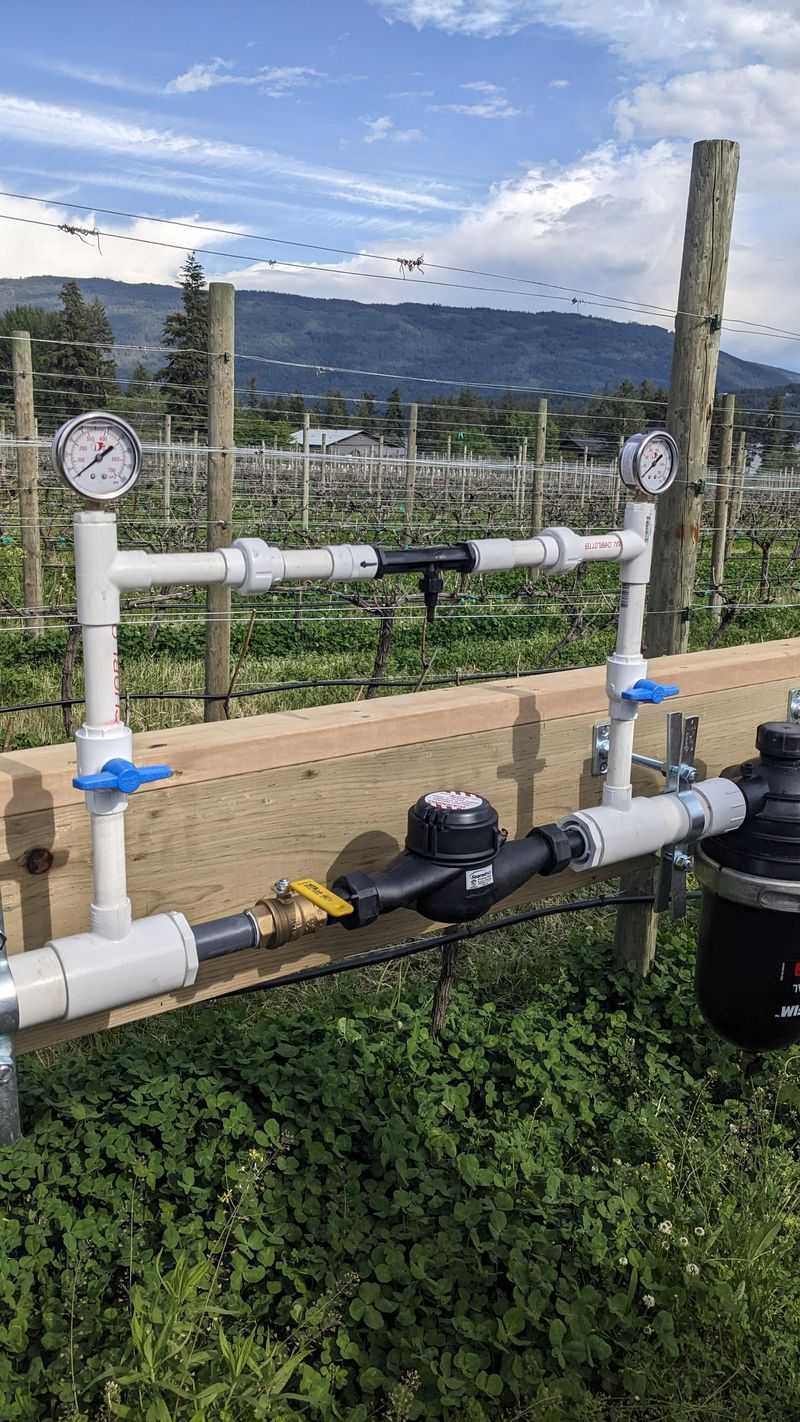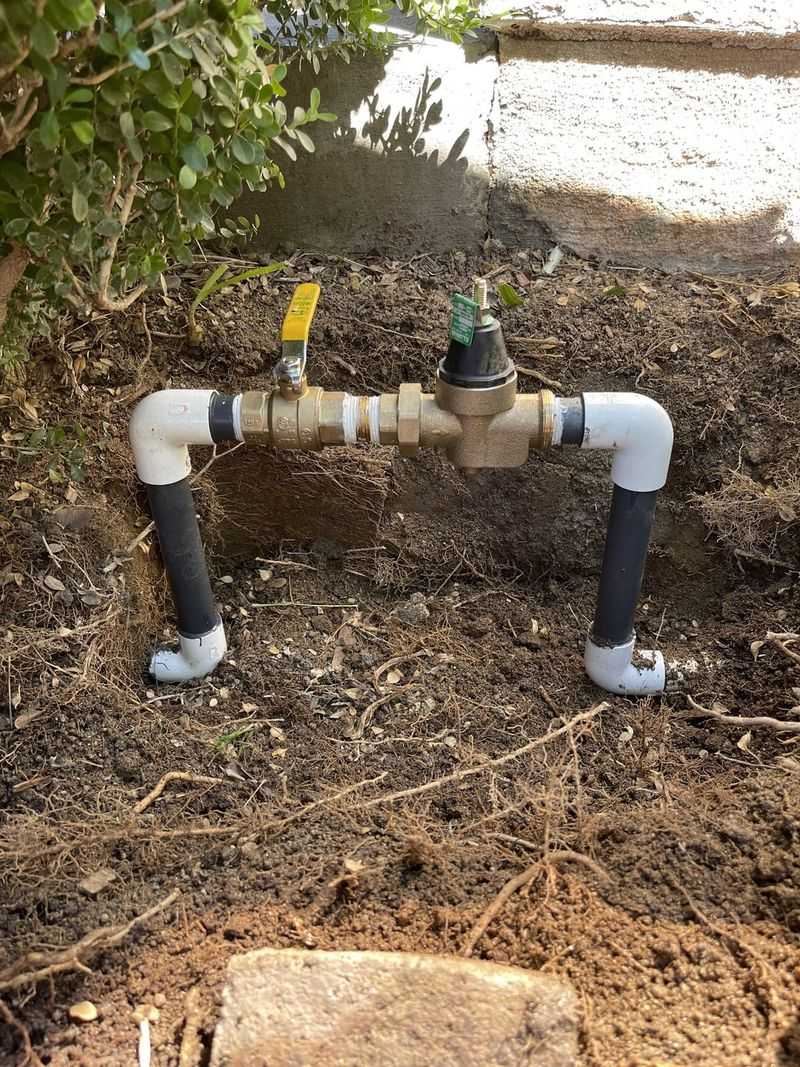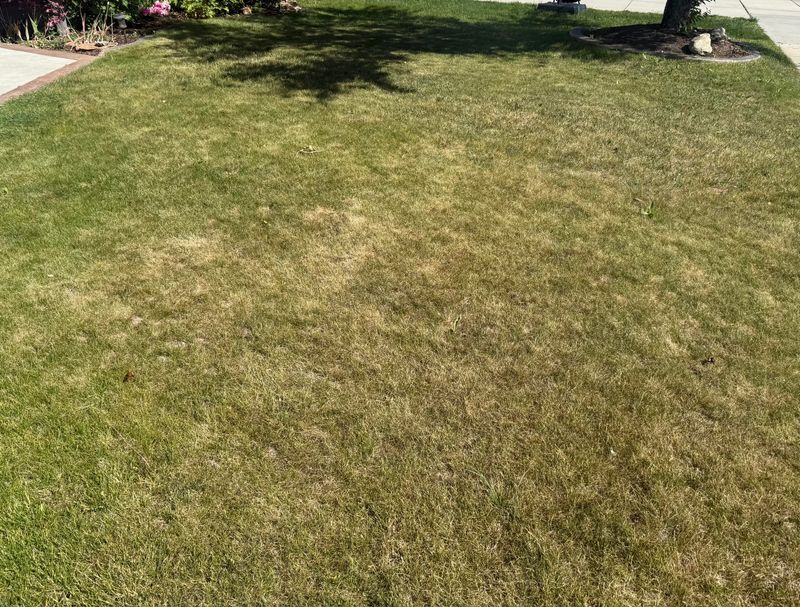Fall in Salt Lake City is the perfect time to rethink how your garden gets watered. Smart irrigation features can help you save time and keep plants healthy without extra hassle.
From timers to moisture sensors, these tools take the guesswork out of watering. They make managing your garden feel easier, especially as the season changes.
Setting up smart irrigation means you spend less time worrying and more time enjoying your yard.
1. Soil Moisture Sensors
Ever watered your garden only to have it rain an hour later? Soil moisture sensors prevent this wasteful scenario by measuring exactly how wet your soil is.
Utah’s clay-heavy soil can retain moisture longer than you might think, making these sensors particularly valuable for Salt Lake City gardens as temperatures fluctuate during fall months.
2. Smart Weather-Based Controllers
Why rely on timers when your irrigation system can check the weather forecast itself? These clever controllers automatically adjust watering schedules based on local weather predictions.
For Salt Lake residents, this means no more sprinklers running during unexpected October rainstorms or freezing temperatures that could damage your irrigation system.
3. Drip Irrigation Conversion Kits
Fall is the perfect time to swap inefficient sprinklers for precise drip systems. These kits deliver water directly to plant roots, reducing evaporation and runoff.
Many Utah gardeners find that converting to drip irrigation before winter gives plants a fighting chance during those dry, cold spells that Salt Lake City often experiences in late autumn.
4. Rain Harvesting Integration
Autumn brings increased rainfall to the Wasatch Front. Smart systems can now connect to rain barrels, automatically switching from municipal water to harvested rainwater when available.
Salt Lake City gardeners appreciate this feature not just for conservation, but because rainwater lacks the chlorine and other chemicals found in city water supplies.
5. Zone-Specific Programming
Gardens have microclimates that need different watering schedules. Advanced controllers allow you to program unique settings for each area of your landscape.
This feature is particularly valuable in Utah where south-facing beds might still be hot and dry while north-facing areas stay cool and moist throughout fall’s temperature swings.
6. Freeze Sensors
Nothing damages irrigation systems faster than freezing water in the pipes. Automatic freeze sensors shut everything down when temperatures approach freezing.
With Salt Lake City’s notoriously unpredictable fall frosts, these sensors can save thousands in repair costs while ensuring your system is winterized at exactly the right time.
7. Flow Meters
Leaks waste water and can cause landscape damage. Smart flow meters detect unusual water usage patterns and automatically shut off systems when problems arise.
Many Utah homeowners have saved significant amounts on their water bills after installing these devices, especially during fall when irrigation systems are running less frequently and leaks might go unnoticed.
8. Pressure Regulators
High water pressure wastes water and damages irrigation components. Smart pressure regulators maintain optimal pressure regardless of municipal supply fluctuations.
This technology is especially valuable in Utah’s varied topography where water pressure can change dramatically based on your property’s elevation relative to Salt Lake City’s water supply infrastructure.
9. Seasonal Adjustment Features
Fall requires different watering patterns than summer. The best controllers offer one-touch seasonal adjustments that modify all zones proportionally.
Salt Lake gardeners can simply hit the ‘fall setting’ button to reduce watering times by the appropriate percentage for Utah’s cooler autumn temperatures without reprogramming each zone individually.

